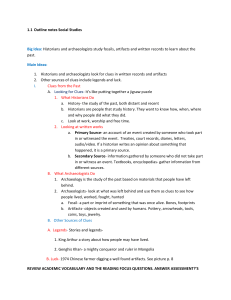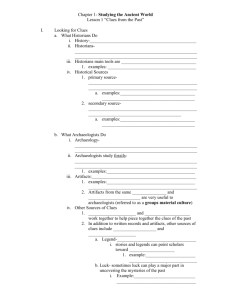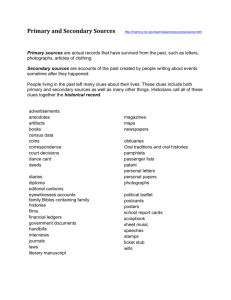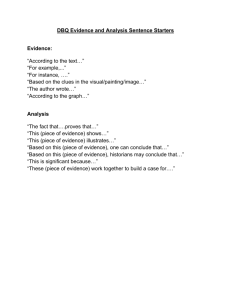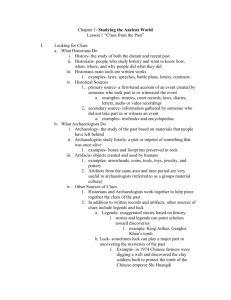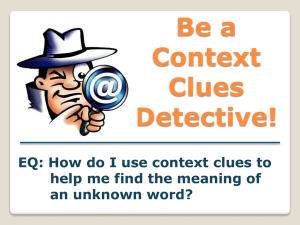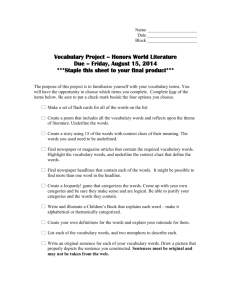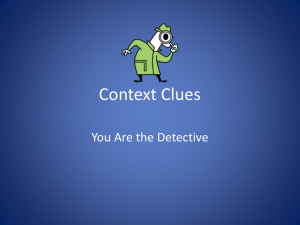Name: Date: Chapter 1: Uncovering the Past Section 1: Studying
advertisement
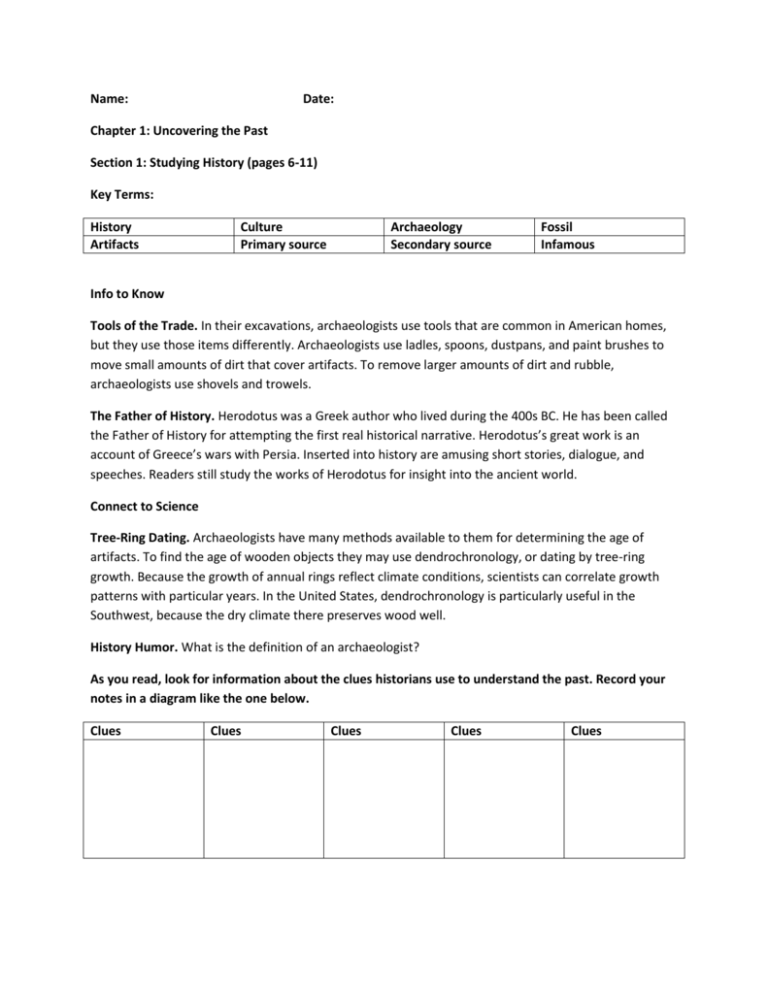
Name: Date: Chapter 1: Uncovering the Past Section 1: Studying History (pages 6-11) Key Terms: History Artifacts Culture Primary source Archaeology Secondary source Fossil Infamous Info to Know Tools of the Trade. In their excavations, archaeologists use tools that are common in American homes, but they use those items differently. Archaeologists use ladles, spoons, dustpans, and paint brushes to move small amounts of dirt that cover artifacts. To remove larger amounts of dirt and rubble, archaeologists use shovels and trowels. The Father of History. Herodotus was a Greek author who lived during the 400s BC. He has been called the Father of History for attempting the first real historical narrative. Herodotus’s great work is an account of Greece’s wars with Persia. Inserted into history are amusing short stories, dialogue, and speeches. Readers still study the works of Herodotus for insight into the ancient world. Connect to Science Tree-Ring Dating. Archaeologists have many methods available to them for determining the age of artifacts. To find the age of wooden objects they may use dendrochronology, or dating by tree-ring growth. Because the growth of annual rings reflect climate conditions, scientists can correlate growth patterns with particular years. In the United States, dendrochronology is particularly useful in the Southwest, because the dry climate there preserves wood well. History Humor. What is the definition of an archaeologist? As you read, look for information about the clues historians use to understand the past. Record your notes in a diagram like the one below. Clues Clues Clues Clues Clues The Study of the Past History is the study of the past. 1. Define. Who are historians? People who study history 2. Describe. What kinds of information contribute to an understanding of people’s culture? Their knowledge, beliefs, customs and values 3. Draw Conclusions. What might the discovery of an ancient people’s dishes tell us about how they lived? Materials that were available, level of technological skill, artistic taste, how many different kinds of food and drink they had Understanding Through History We can improve our understanding of people’s actions and beliefs through the study of history. 1. Identify. Name two groups of Americans who might interpret our county’s history differently. Native Americans, European settlers, Asian immigrants, enslaved Africans 2. Summarize. How does history help citizens around the world know their own countries better? It teaches people about their past, how their government’s came into being, their nation’s triumphs and tragedies, and the experiences people have been through together. 3. Predict. What may tomorrow’s history books say about today’s world? Boston massacre, Hurricane Sandy, Syrian crisis 4. Recall. How do you learn about other topics when studying history? Because history is the record of humanity’s combined efforts and is concerned with the entire range of human activities 5. Compare. How is the saying about forgetting the past similar to the view of Greek historian Polybius? Both stress that learning from the past can prevent future mistakes. Using Clues Historians use clues from various sources to learn about the past. 1. Define. What is a fossil? A part or imprint of something that was once alive 2. Draw Conclusions. How do fossils and artifacts help teach us about the past? Fossil ach us about the tools and objects used by humans in the past. 3. Predict. What are some things that historians of tomorrow may use as primary sources? Recordings of television speeches, digital photographs, a soldiers letter home Analysis Skill: Analyzing Primary Sources History Makers (page9) 1. What words does the author use to make history sound interesting? Captains, kings, saints, fanatics, traitors, rogues, villains, pathfinders, explorers, thinkers, creators, heroes, significant, admirable, matter, actors
